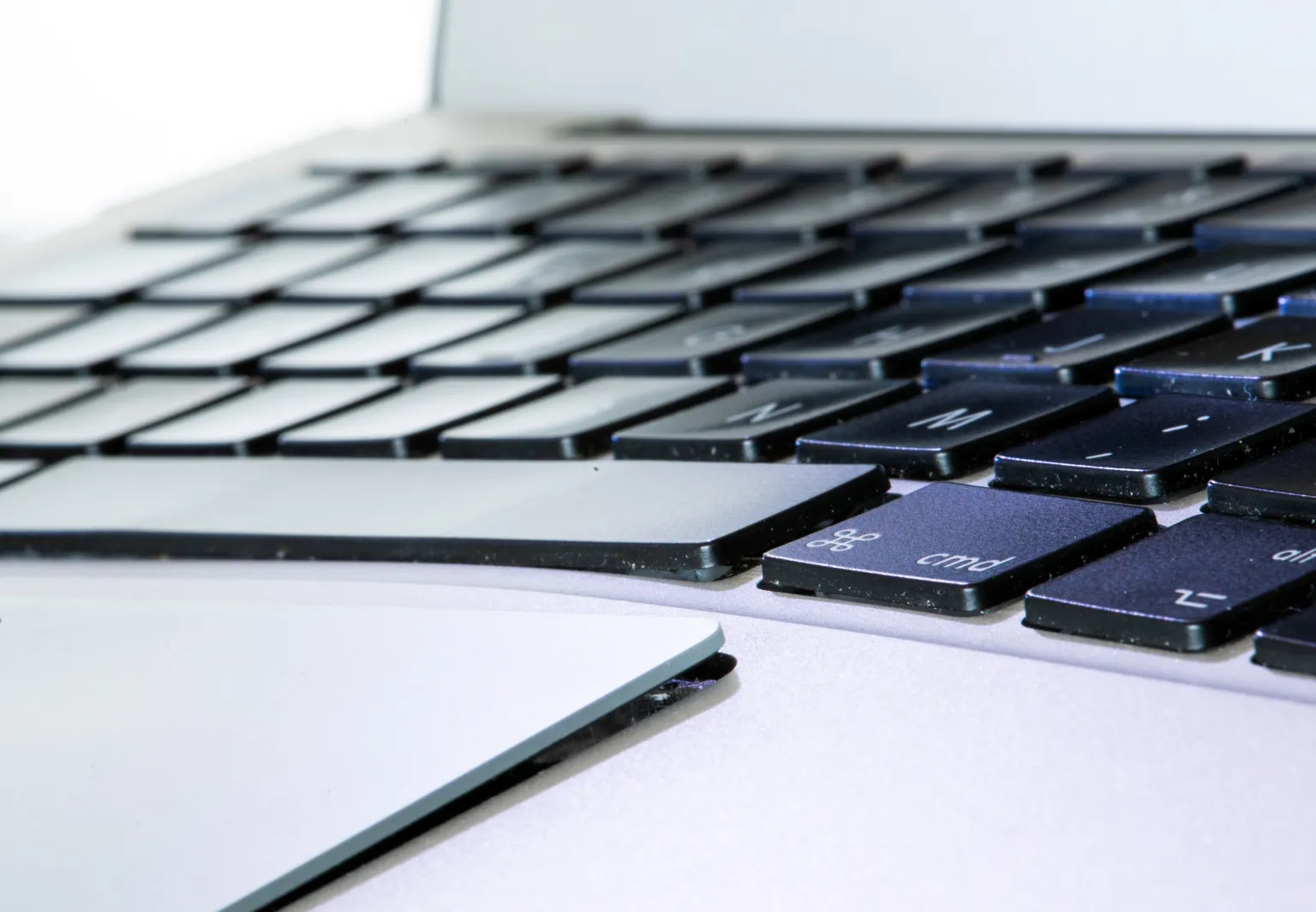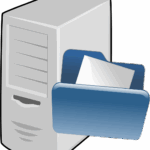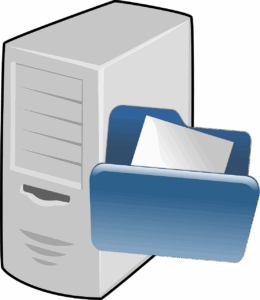Apple’s new macOS Sequoia, the latest operating system update, has arrived with all the bells and whistles you’d expect. But while users are excited about the shiny new features and enhanced security, many cybersecurity professionals are clutching their heads in frustration. Why? Because this update is wreaking havoc on third-party security tools that businesses rely on. From Microsoft Defender to CrowdStrike, key cybersecurity software is struggling to keep up. What’s going on? And more importantly, what should you do about it?
The Breakdown: Why Sequoia is a Headache for Cybersecurity
To start, macOS Sequoia is no ordinary OS update. Apple has taken significant steps to harden security across the board. Sounds great, right? In theory, yes. But in practice, the new kernel protections and API changes introduced in Sequoia are making life difficult for the security tools businesses rely on.
Here’s where the chaos begins. These tools, like Microsoft Defender and CrowdStrike, need to interact with the OS at a deep level to monitor for threats and suspicious behaviour. But Apple’s tightened security means that these applications are no longer able to operate as smoothly, if at all, without updates to their codebase. (Source: TechCrunch )
Apple’s new sandboxing model has also been enhanced, limiting what applications can do unless they’re explicitly given permission. While this adds another layer of security, it’s also creating compatibility issues. Security apps that need to monitor your system continuously are getting stuck in a virtual sandbox prison.
The Impact: Your Security on the Line?
What does this mean for the average user or business? Let’s be clear: with incompatible security software, your system could be exposed to threats that were previously well-contained. If your antivirus or endpoint protection software isn’t running, or worse, crashing intermittently, you’re at risk.
And it’s not just small issues. These security tools aren’t just malfunctioning—they’re effectively breaking. There are widespread reports of these tools failing to initialize or running into errors that leave users unprotected for hours or days, depending on how quickly a patch comes through.
Beyond the obvious security risks, there are also performance issues cropping up. When a security tool can’t function correctly, it doesn’t just give up—it often tries to work harder. This has led to spikes in CPU usage, sluggish system performance, and an overall degraded user experience.
Vendor Response: The Race to Patch
Of course, security vendors aren’t sitting idly by. Microsoft and CrowdStrike, to name just two, have acknowledged the problem and are actively working on patches to make their software compatible with macOS Sequoia. The trouble is that this isn’t a quick fix.
Because Apple’s changes affect how these security applications interact with the kernel, many vendors have had to go back to the drawing board, reworking significant portions of their code to adapt. That’s a time-consuming process, and until updates are rolled out, users are left in limbo.
For businesses, this can be a serious operational headache. You rely on these tools to protect sensitive data, prevent ransomware attacks, and maintain compliance with regulations. But now, some of your primary tools are out of commission just as cyber threats are at an all-time high.
Did Apple Know? The Big Question
There’s speculation that Apple knew about the potential issues with third-party cybersecurity tools well before Sequoia’s release. It has been reported that companies like Microsoft and CrowdStrike had raised concerns during the beta phase, flagging that their tools might not be fully compatible by the time of Sequoia’s official release. Despite these warnings, Apple pressed ahead.
The reasoning? It seems likely that Apple, in its quest to push forward with system-level security enhancements, made a calculated decision. They opted to prioritise the long-term security of the OS itself, even at the cost of temporarily breaking compatibility with some of the most widely-used security software on the market. This isn’t entirely new behaviour for Apple, which has a history of favouring innovation, even when it disrupts third-party ecosystems.
For some, this feels like a risky move. In a world where cybersecurity is more critical than ever, taking chances with security software—particularly enterprise-grade tools—is a gamble that could leave users exposed. Apple’s response has been to work closely with vendors to accelerate the release of patches, but for businesses, this may not be quick enough.
What Apple’s Trying to Do
Let’s not paint Apple as the villain here. In fact, the changes they’ve made with macOS Sequoia are all in the name of better security. From a purely technical standpoint, the stricter controls on system resources and sandboxing are steps in the right direction. They help prevent malware from exploiting vulnerabilities and lock down sensitive areas of the system.
However, the knock-on effect on third-party security tools was, perhaps, an underestimated consequence. Apple has also been collaborating with security vendors to help ease the transition. Documentation has been provided, and Apple is offering more support to help vendors update their tools more quickly.
So, What Should You Do?
Now, the big question: how should you handle this as a business or even a home user?
Stay Informed
The first step is keeping your finger on the pulse. Regularly check for updates from your security software provider. Many companies are already rolling out beta versions of patches, and if you’re comfortable testing these, it could be worth jumping on board early.
Back Up Your Data
If you haven’t already implemented a regular backup routine, now is the time. If things go sideways and you experience system crashes or issues, having a full backup will save you a lot of stress and downtime.
Explore Temporary Alternatives
If your current security tools are no longer working and no patch is immediately available, consider using a temporary alternative. Tools like Malwarebytes or Sophos may offer similar levels of protection until your primary software is fixed.
Monitor System Performance
Pay attention to your system’s performance. If you notice a significant slowdown or unexplained crashes, it could be related to these compatibility issues. Keeping an eye on system health can help you catch problems before they escalate.
Apple’s Balancing Act
macOS Sequoia is both a step forward and, for the moment, a step back in terms of third-party security tools. While Apple’s enhanced security measures should be celebrated, the hiccups they’ve caused for cybersecurity vendors are real and pressing. There’s also a strong argument to be made that Apple knew the risks but released Sequoia anyway, confident that the long-term benefits outweigh the temporary disruption.
For now, it’s a balancing act—enjoy the new features of macOS Sequoia but keep an eye on your security setup. It’s going to be a bumpy ride until the patches arrive. As with all new versions of operating systems, if in doubt don’t update on day one, wait a week or 2.






